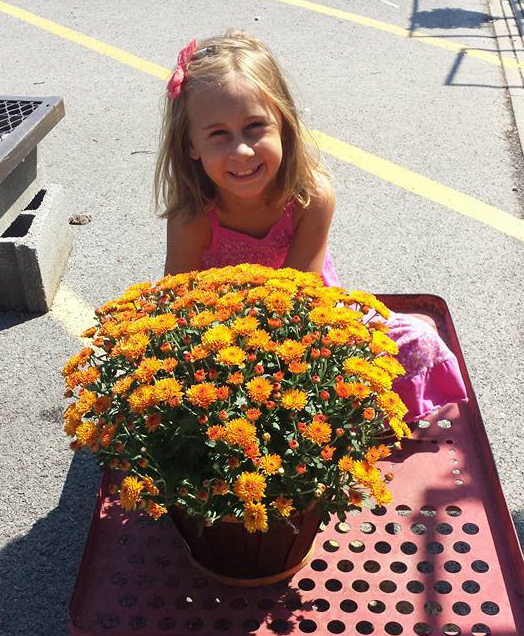Bringing Your Plants in For the Winter!

The cold winter months of the year are right around the corner, which has a number of implications for our daily lives that go beyond just the fact that you'll have to shelve those backyard barbecue plans for another few months. You'll need to think about all of the preparation you need to do on the inside and outside of your house to make sure that you're ready for whatever Mother Nature decides to throw at you - and rest assured, she certainly will.
You'll definitely want to make sure that your storm drains are cleaned out so that nothing backs up into your house once everything starts to freeze. You'll want to take a look at all of the windows and doors in your home, making sure that they're properly sealed so you don't end up with a lot of chilly winter nights ahead.
You'll also want to take care not to forget all of the plants that you added to your home throughout the summer, bringing most of them inside so that they can survive to live another year. Just how do you bring your plants inside for the winter, however? What preparations do you need to make in order to get everything done properly? There are a number of important things you'll want to consider.
Using Math to Bring Your Plants in For the Winter
Storing your plants inside for the winter will also require you to make some specific preparations regarding not just the type of container you're planning on using, but exactly what you're planning on filling it with. You'll need to consider how much mulch or straw you'll need, how much soil you'll need to buy and how much watering will need to be done to keep your green little friends healthy - all of which will be directly affected by the container you're using in the first place.
Luckily, math will once again be your best friend in this regard, helping to make sure you get everything done in just the right way.
Start by finding the volume of the planter box you're working with, which will be measured in cubic feet. If you're working with a standard box planter, for example, you would multiply the length by the width by the height to come up with the cubic feet. If you were working with a circular planter, you would want to multiply the length of the base by the height by the diameter of the top of the unit.
When it comes to potting soil, you'll be working with a few different sizes depending on the store you go to. Some manufacturers measure bags in cubic feet, while others measure in quarts. If you found the volume in cubic feet and the soil is measured the same way, you're good to go - buy the bag that will give you how much you need. You can convert cubic feet into quarts if you need to by taking your existing measurement and multiplying it by 29.9, as there are 29.9 quarts for every one cubic foot.
Note that the calculations that you used to determine the amount of potting soil you need will also carry over when talking about mulch. You'll likely just be working with a few different sized bags.
To find out how much money you're going to be spending on these materials, divide the total amount of volume you're working with by the volume of the bag you're buying, then multiply that number by the price. Mulch will also likely be measured in cubic feet or in quarts.
Say your container holds 10 cubic feet of soil and every one cubic foot bag of soil costs $3. 10 divided by one means that it will require approximately ten one cubic foot bags of soil to adequately fill that particular planter which, when multiplied by the price per bag, gives you a rough cost of about $30 before taxes.
By finding out this information, not only do you know how much soil you need to buy, but based on the volume you also know exactly how much water the planter will hold. Based on the total amount of water that the specific plants you're working with actually need, you can then estimate exactly how much to water based on how long it will take those plants to absorb.
So long as you keep these basic tips in mind, you'll never have to wonder how much soil you need to buy or have trouble estimating how much money you're going to spend ever again. When you remember that math can be your best friend if you let it, you'll soon start to wonder how you were ever able to get by without these types of equations at all.
Plant Calculator Video Tutorial
- Comments
- Attachments
No comments |
